You are viewing ARCHIVED content published online before January 20, 2025. Please note that this content is NOT UPDATED, and links may not work. Additionally, any previously issued diversity, equity, inclusion or gender-related guidance on this webpage should be considered rescinded. For current information, visit https://www.blm.gov/blog.
University of Idaho project provides insights about grazing’s impact on sage-grouse habitat
Story by Sara Morelli, Public Affairs Specialist (detail), Idaho State Office. Photos courtesy of the University of Idaho.
In partnership with the University of Idaho, the Bureau of Land Management (BLM) and other entities are working together to understand more about how livestock grazing impacts sage-grouse habitat through a unique, controlled experimental study that has been ongoing since 2014. The University of Idaho’s Grouse and Grazing Project is different from other research efforts because of the randomized experimental design, close collaboration with ranchers who have offered to temporarily modify their grazing rotations, an unprecedented 10-year lifespan for the study, and its landscape scale focus.
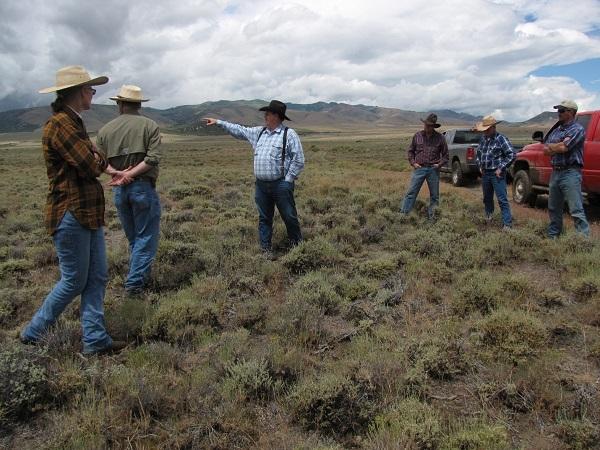
“This project represents a truly unique partnership with the BLM, several other state and federal agencies, and ranchers,” explains Dr. Courtney Conway, Professor of Fish and Wildlife Sciences at the University of Idaho and principal investigator for the project.
Although results are still pending, the study is expected to provide crucial information to help guide management decisions moving forward. The objective of the Grouse and Grazing Project is to inform management decisions and promote healthy sage-grouse populations. Researchers are particularly interested in the impacts of spring grazing on nesting grouse and their habitat. Field crews have collected data, including vegetation characteristics, livestock utilization and sage-grouse demographics from five study sites within nineteen BLM experimental grazing pastures. In total, researchers to-date have collected data at 849 nests.
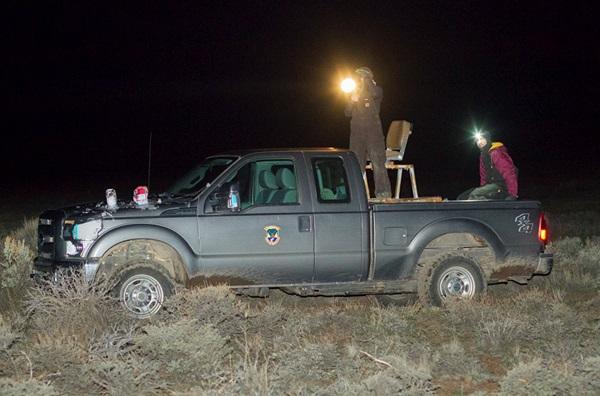
“Coordination is a key aspect to ensuring the success of this project. We coordinate in a variety of ways with permittees, BLM field offices, the University, and the other partners,” noted Dr. Conway. “There have been a number of field days where permittees, BLM staff, and our University of Idaho field crews have spent the day in the field working together. Those efforts have really helped solidify our partnership.”
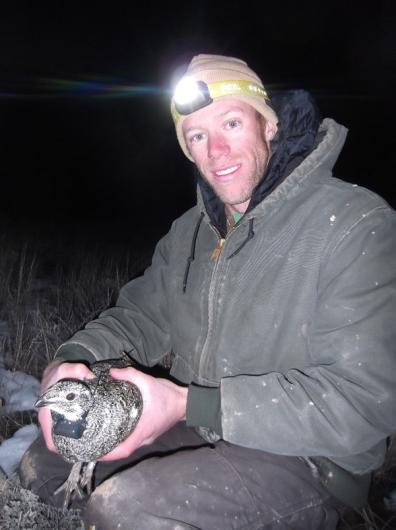
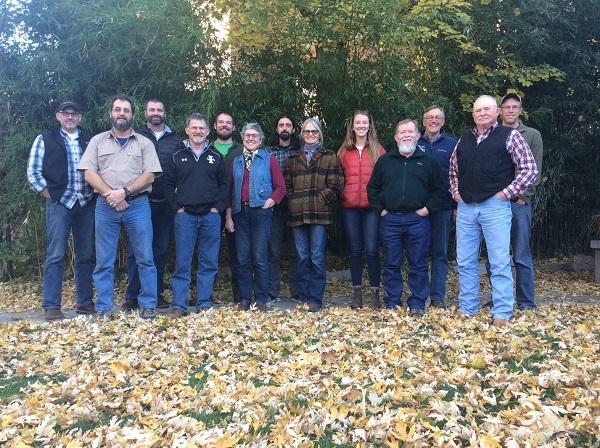
The BLM manages the largest share of sagebrush-steppe, nearly 68 million acres range-wide across the West, as sage-grouse habitat. In 2015, the BLM adopted resource management plans to help address challenges facing sage-grouse, including addressing invasive species and wildfire; however, research indicates that sage-grouse numbers are still declining. Livestock grazing is permitted across much of that landscape, but questions about how grazing should be managed have persisted for years. Livestock eat grass and forbs, reducing cover for nesting sage-grouse, but the actual effects of grazing at the BLM pasture scale are not well understood because experimental studies have not been conducted in the past.
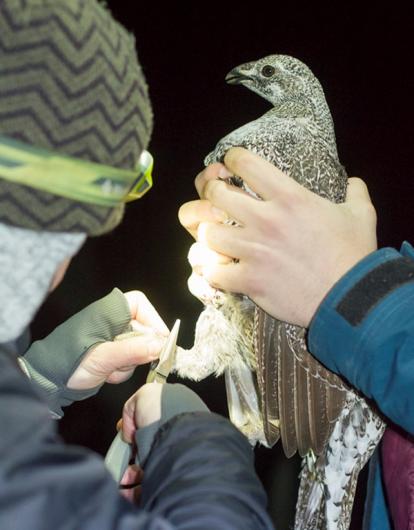
“From Idaho BLM’s perspective, we are extremely excited to be an active and ongoing partner in this research collaborative,” said Paul Makela, BLM Idaho State Wildlife Biologist. “We are hopeful the results from this long-term study will provide solid defensible insight into the design of a suite of management tools, prescriptions or guidelines that we can use to adaptively manage sagebrush landscapes in a way that promotes wildlife habitat and land health while maintaining western working lands and cooperative relationships.”
To learn more about the study, check out University of Idaho’s Grouse and Grazing Project’s website at: https://www.uidaho.edu/cnr/rangeland-center/projects/grouse.
Related Stories
- Popular posts: BLM's most viewed blogs of 2025
- Using science to uncover mysteries of the Mesa archaeological site in Alaska
- Lake Havasu Fisheries Improvement Program is the gift that keeps giving
- BLM is thankful for public lands volunteers
- BLM Fire and National Conservation Lands managers collaborate to meet shared goals
